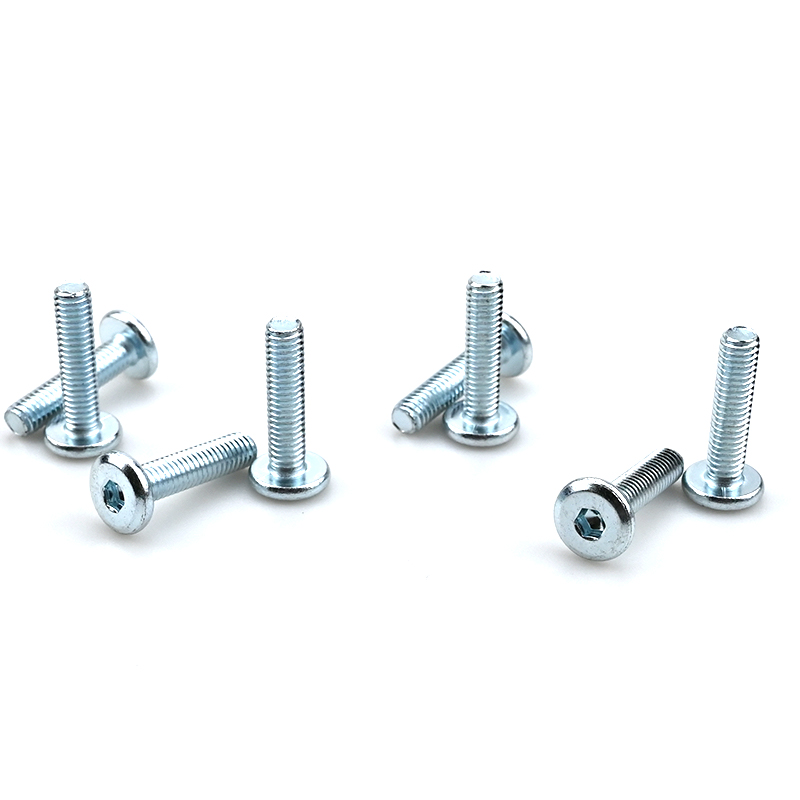- Time:2023/07/20 Posted:Dongguan prospect hardware accessories co.,ltd
Wafer head self drilling screws are a versatile fastening solution commonly used in construction, woodworking, and metalworking applications. These screws are specifically designed to drill their own holes as they are driven into various materials, eliminating the need for pre-drilling. However, to ensure proper installation and optimal performance, it is crucial to select the right size of wafer head self drilling screws. In this article, we will explore the different sizes available and how to determine the appropriate size for your specific project.
1. Understanding Screw Size Measurement
When it comes to wafer head self drilling screws, the size is typically indicated by two measurements: the diameter and the length. The diameter refers to the thickness of the screw shaft, while the length refers to the total length of the screw.
For example, a commonly used size for wafer head self drilling screws is #8 with a length of 1 inch. Here, the #8 indicates the diameter (0.164 inches), and the 1-inch length refers to the entire screw from the bottom of the head to the tip.
2. Diameter Options
Wafer head self drilling screws come in various diameter options, including #6, #8, #10, and #12. The larger the number, the thicker the diameter of the screw shaft. It is essential to choose the appropriate diameter based on the thickness of the material you are fastening.
For delicate materials or applications requiring a low-profile finish, a smaller diameter like #6 may be suitable. On the other hand, when fastening thicker or heavier materials, a larger diameter like #12 provides better strength and stability.
3. Length Considerations
Choosing the right length of wafer head self drilling screws is equally important to ensure secure and reliable fastening. The length needed depends on the thickness of the materials being joined, taking into account the depth required for the screw to securely penetrate both pieces.
It is crucial to select a screw length that allows for sufficient penetration without protruding excessively. If a screw is too short, it may not provide enough grip and stability. Conversely, if a screw is too long, it may damage the material or create an unsightly appearance.
4. Material Compatibility
When selecting wafer head self drilling screws, it is essential to consider the compatibility of the screw material with the materials being fastened. The most commonly used screw materials include stainless steel and carbon steel.
Stainless steel screws are highly resistant to corrosion and are suitable for outdoor or high-moisture environments. Carbon steel screws are economical and ideal for indoor applications. Understanding the properties of the materials being joined will help determine the most suitable screw material.
5. Application-specific Factors
Lastly, it is essential to consider any application-specific factors that may influence the size selection of wafer head self drilling screws. These factors include load-bearing requirements, environmental conditions, and aesthetic preferences.
For heavy-duty applications or areas with high stress or vibration, opting for a larger diameter and longer length can provide added strength and stability. In contrast, for applications where appearance is crucial, selecting a smaller diameter and shorter length may be preferred to achieve a more discreet finish.

Choosing the right size of wafer head self drilling screws is crucial for the success of any project. Understanding the screw size measurement, considering the diameter and length options, evaluating material compatibility, and accounting for application-specific factors are all essential in selecting the appropriate size. By carefully considering these factors, you can ensure secure and efficient fastening, leading to the successful completion of your project.
